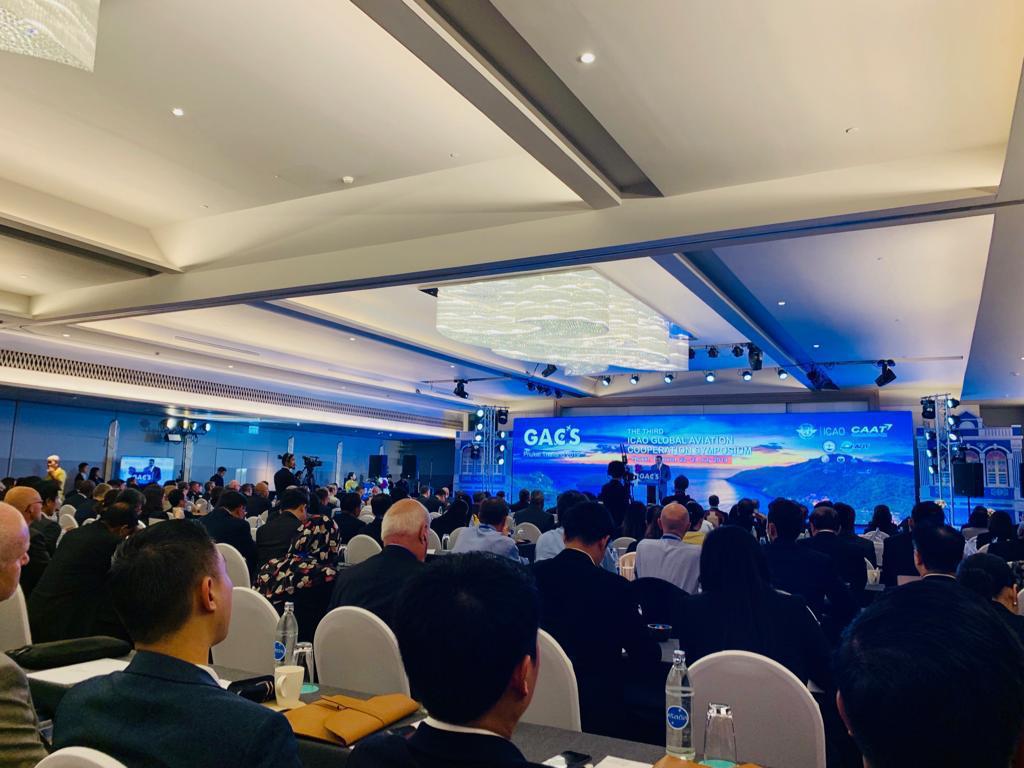COCESNA Board Members, Lic. Lindsay Garbutt, Director DAC Belize, Lic. Wilfredo Lobo, Executive Director AHAC of Honduras and our Executive President Lic. Juan Carlos Trabanino, participated in the Third Global Aviation Cooperation Symposium 2019 (GACS-2019).
The Global Aviation Cooperation Symposium (GACS) offers a unique platform for aviation professionals to exchange their views, discuss challenges and opportunities related to their fields. It provides a forum for regulators, service providers, operators and other stakeholders to meet and exchange experiences and best practices in the implementation of technical cooperation projects.
This year, the Technical Cooperation Bureau (TCB) of the International Civil Aviation Organization (ICAO), headed by Mr. Jorge Vargas, organized the third edition of GACS, this time in collaboration with the Civil Aviation Authority of Thailand (CAAT) and the ICAO Regional Office in Bangkok.
The theme of the Symposium is “ICAO: bridging the SARPs compliance gap with quality and efficiency”. The event featured a combination of speakers, sessions, panel discussions, and workshops covering all major areas of civil aviation, including infrastructure development, improving compliance through technical expertise, as well as topics such as cooperation through regional projects, training and resource mobilization and project financing.
In addition, this event offers a unique opportunity to gain in-depth knowledge of ICAO’s technical cooperation program and how it can meet the needs of States. Finally, high-level keynote speakers discuss and define the vision for the future of aviation and how to overcome the challenges we face, as an aviation community.
The main objectives of the third edition of GACS are:
- Bridging the Gap: Compliance with Standards and Recommended Practices (SARPs):
- Identification of unique solutions for technical assistance and cooperation projects through capacity building;
- Promote the role of the ICAO Technical Cooperation Program in assisting States to achieve their goals; and
- Institutional strengthening and cross-linking of relations with the industry.











